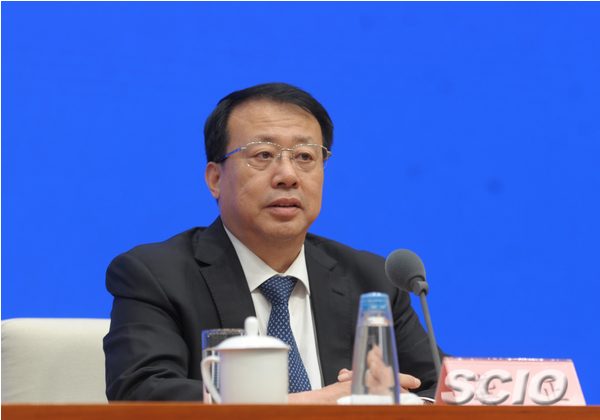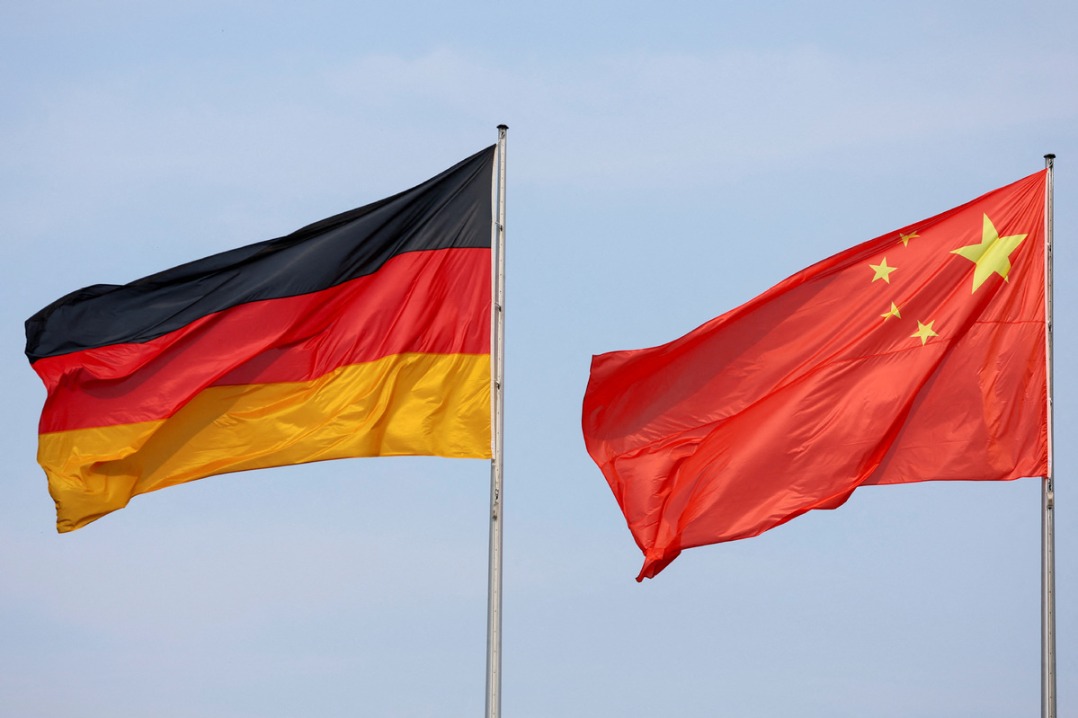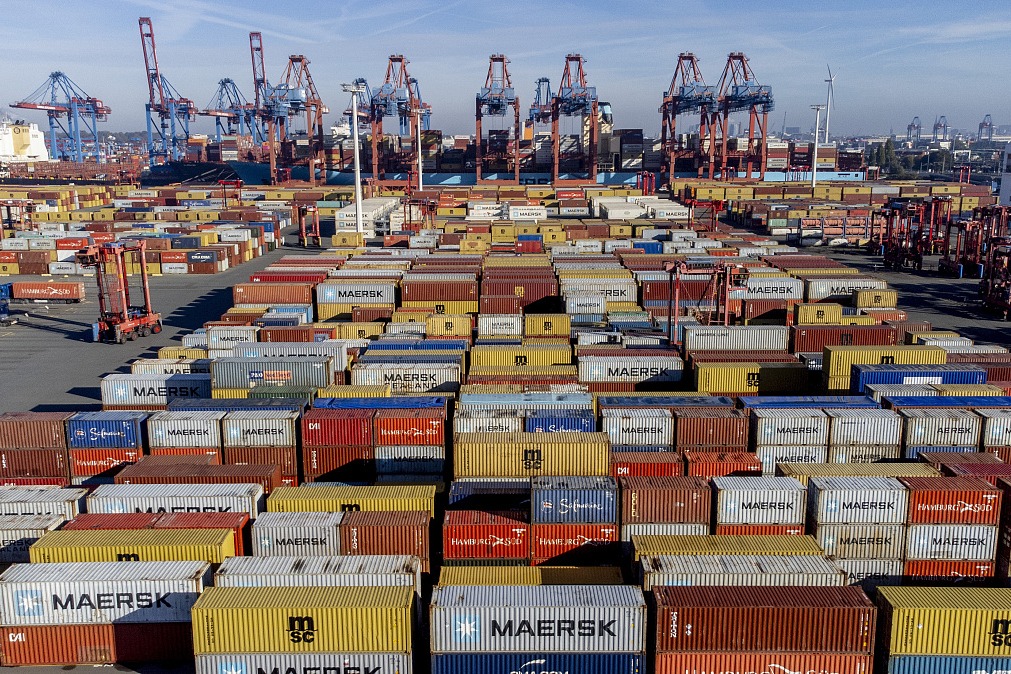Shandong: 70 years on

Editor’s Note: Starting this May, the State Council Information Office has been holding news conferences for each province, autonomous region and municipality to brief about their social and economic development since the founding of New China 70 years ago.
During the Shandong session held July 16 in Beijing, Liu Jiayi, secretary of CPC Shandong Provincial Committee, and Gong Zheng, deputy secretary of CPC Shandong Provincial Committee and governor of Shandong, talked about the province’s development with reporters.


Shandong province is located on the eastern coast of China, and in the Bohai Economic Rim, which covers about 320,000 square kilometers. The year 2019 marks the 70th anniversary of the founding of the People’s Republic of China, and Shandong’s economic and social development has undergone dramatic changes in all respects over those years.
Historic strides made in economic strength
In 2018, the province’s GDP reached 7.65 trillion yuan ($1.09 trillion), 344.4 times that of 1952 at comparable prices. Shandong now generates 4.8 times as much wealth in one day as it did in the whole year of 1952. Revenue from local governments’ general public budgets reached 648.5 billion yuan, 1,473.9 times that of 1950. Occupying only 1.6 percent of the country’s land, Shandong has created 8.5 percent of the nation’s total economic output, 9.5 percent of its industrial added value and 8.3 percent of its agricultural output. Meanwhile, the proportion of primary, secondary and tertiary industries was adjusted from 67.4:16.6:16 in 1952 to 6.5:44:49.5 in 2018.
Modern agriculture accelerates development
Grain output increased from 8.7 billion kilograms in 1949 to 53.2 billion kg in 2018, accounting for 8 percent of the country’s total, with its fruit output accounting for 11 percent, vegetables output accounting for 12 percent, aquatic products output for 13 percent and agricultural products export output for 22 percent (according to iqilu.com).
Industrial system achieves huge growth
The province’s industrial added value increased from 680 million yuan in 1952 to 2.89 trillion yuan in 2018, increasing 2,620 times. The number of high-tech zones at or above provincial level increased from five in 1992 to 20. The output value of new and high-tech industries accounted for 36.9 percent of the total industrial output value, up from 17 percent in 2002.
Urban and rural development becomes more coordinated
The urbanization rate of permanent residents increased from 7.3 percent in 1953 to 61.18 percent in 2018 (according to iqilu.com).
People’s living standards improve step by step
Last year, spending on people’s livelihoods accounted for 79 percent of government spending. The per capita income of urban and rural residents reached 39,549 yuan and 16,297 yuan, an increase of 326 times and 270 times over 1952. A total of 2.52 million people have been lifted out of poverty. At the same time, more than 1 million new jobs have been created every year. The number of people participating in basic endowment insurance and medical insurance reached 73.15 million and 94.37 million. The average life expectancy has risen from 35 years in 1949 to 78.5 years in 2019.
Ecological environment improves day by day
From 2006 to 2018, energy consumption per 10,000 yuan of GDP in the province has decreased by 47.5 percent. Heavy pollution days fell to 9.9 last year from 60.8 in 2013. In that period 16 national forest cities, seven national nature reserves, 52 forest parks and 66 wetland parks were established.
Educational undertakings develop steadily
In 2018, there were 20,231 kindergartens in the province with 3.08 million children, 3.5 times more than in 1978. In 2018, the implementation rate of nine-year compulsory education reached 98 percent. The gross enrollment rate of high school education increased from 10 percent in 1978 to 96.83 percent. The number of undergraduate and junior college students in ordinary universities reached 2.04 million, a 514-fold increase over 1949.
Further facilitating marine economy
Shandong has implemented 10 major initiatives to boost the marine economy. The gross ocean production increased from less than 20 billion yuan in 1991 to 1.55 trillion yuan, accounting for 20.27 percent of the country’s total.
Business environment has been constantly optimized
The whole province has basically realized “obtaining business license within three working days, completing real estate registration within five working days and completing construction permit within 45 working days”. Last year, the number of newly registered market entities in the province reached 1.68 million, with the total number exceeding 9 million. In the first half of this year, the number increased by 1.06 million, with year-on-year growth of 50.7 percent.
Opening up wider to the outside world
The number of foreign-funded enterprises has grown from one in 1981 to more than 15,000. Last year, more than 2,000 foreign-funded enterprises were established, an increase of 45.8 percent over the previous year. The total volume of foreign trade increased from $3 million in 1980 to $292.39 billion in 2018, representing an average annual growth rate of 35.3 percent.

MOST POPULAR
- 1 Things to know about China Intl Consumer Products Expo 2024
- 2 China tops FDI confidence index of emerging markets
- 3 China specifies steps to improve payment services in tourist attractions
- 4 Low-altitude economy set to take off
- 5 China's immigration service platform receives over 10m calls from home, abroad
Editors' Picks
 Infographic:
A look at China's economy in Q1 of 2024
Infographic:
A look at China's economy in Q1 of 2024
 Infographic:
China to remove foreign ownership restrictions in value-added telecom services in pilot areas
Infographic:
China to remove foreign ownership restrictions in value-added telecom services in pilot areas
 Infographic:
2023 Sino-German investment and trade in numbers
Infographic:
2023 Sino-German investment and trade in numbers
 Infographic:
China-Germany relations in graphic
Infographic:
China-Germany relations in graphic



